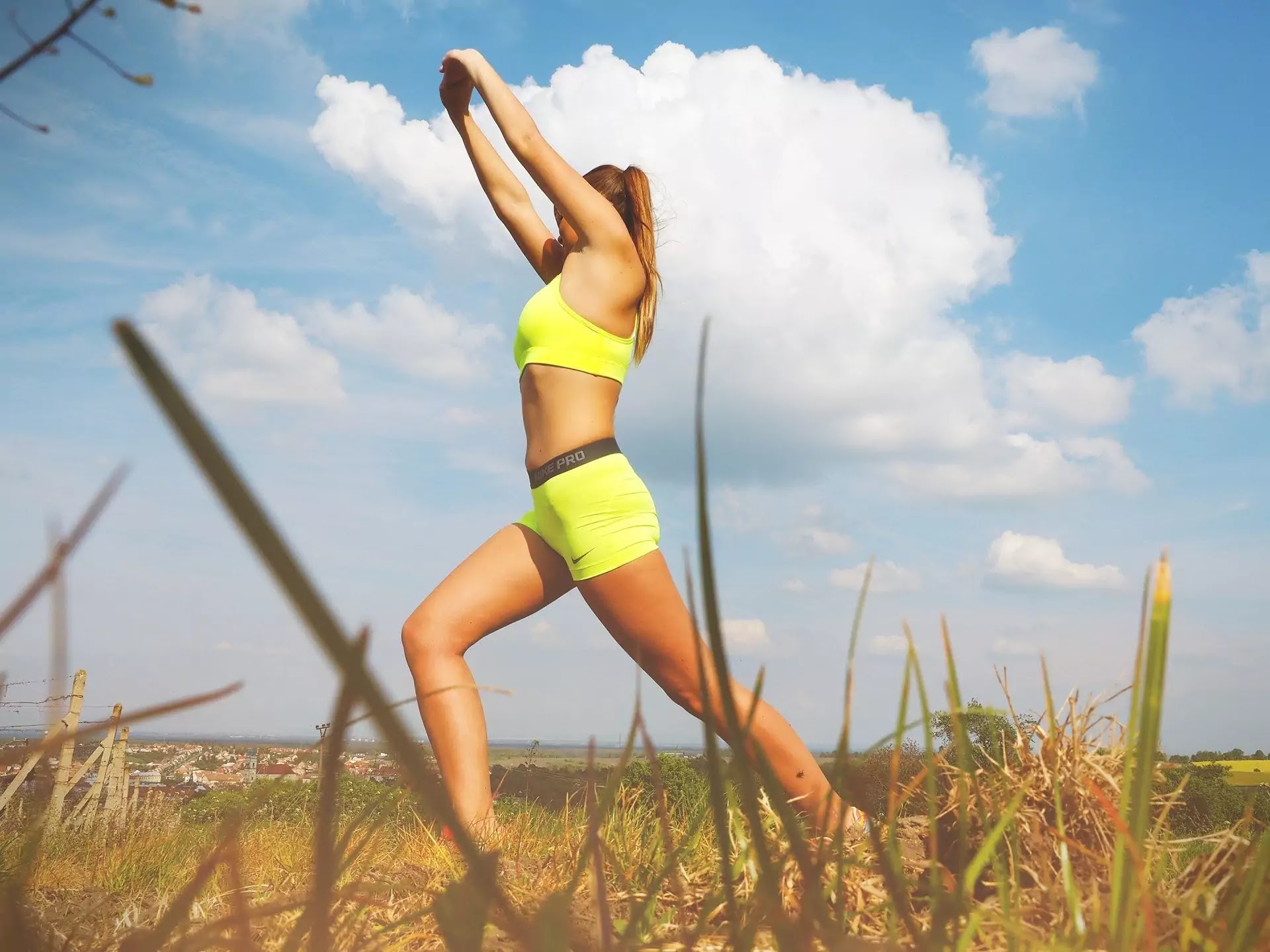Backbends: You will for the most part start with delicate flexion and expansion of the spine. In the end, move to more profound curves. Since you seldom move like this in day-to-day existence. backbends are fundamental for spinal wellbeing and life span.
Seated Poses: Seated Poses, which center around extending the hips and hamstrings. Which are close to the furthest limit of a yoga class after the body is warm. Setting in a collapsed cover or a square under your seat. It is a decent method to make yourself more agreeable in these poses.
The name Downward Facing Dog goes with yoga. but in light of the fact that you've known about this posture doesn't mean it's not difficult to do. Amateurs incline far forward in this stance, making it more like aboard. All things considered, make sure to keep your weight for the most part in your legs and come to your hips high. With your heels extending toward the floor (they don't have to contact the floor). Twist your knees a little to work with the move in the event that you have tight hamstrings. Keep feet equal.
Mountain posture may not be about as popular as Downward Facing Dog, but, it is as significant. This is a fun opportunity to discuss the arrangement, which your body parts are organized in each posture. The arrangement in the Mountain pose defines a straight boundary from the crown of your head to your heels. Each individual's body is unique, so center around establishing down with your feet and protracting up with your spine.
Based upon the establishment of Mountain posture. Urdhva Hastasana expects you to keep on establishing into the ground with your legs. while aiming high with your arms. The outcome is a full-body stretch, an incredible method to introduce the actual piece of your yoga meeting.
The remaining forward twists like the Pyramid pose is a fun opportunity to break out your yoga squares to make the posture more a. Spot a square on one or the other side of your front foot to "raise the floor" to a level where your hands can reach. Your hamstrings will in any case partake in a decent stretch and they'll thank you for your thought.
This level back forward twist is done as a feature of the Sun Salutation succession. It's not unexpected surged, yet it's awesome to need some investment to chip away at it. Sorting out when your back is in reality level is essential for creating body mindfulness.
From the beginning, it's useful to look in the mirror. You might discover you need to allow your hands to fall off the ground and onto your legs as high as is important to keep the back level. Tenderly curve your knees on a case-by-case basis, as well.







0 Comments